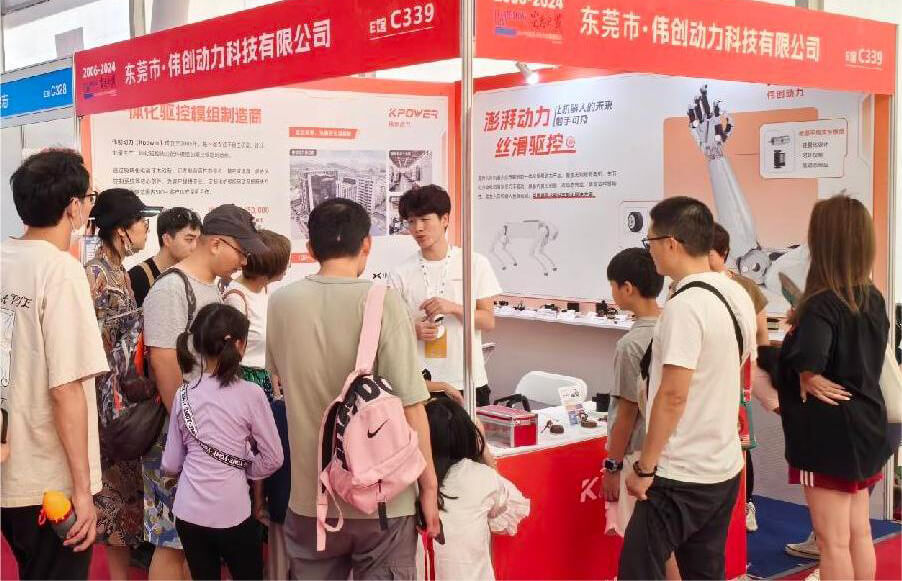Unlocking the Potential of Servo Motors with Arduino: A Beginner's Guide
In the vast universe of electronics and robotics, servo motors stand out as a cornerstone for creating precise, controlled movements. Whether you're building a robotic arm, an automated camera system, or a playful remote-controlled vehicle, servo motors make it possible to translate electronic signals into smooth physical motion. Thanks to their simplicity and versatility, blending them with Arduino microcontrollers opens up endless possibilities for hobbyists, educators, and engineers alike.

What Is a Servo Motor?
Imagine having a tiny robotic muscle that can rotate to a specific position, hold that position firmly, and adjust instantly as commanded. That’s essentially what a servo motor does. Unlike regular motors that continuously spin in one direction, servo motors are designed to rotate to a predefined angle, giving you unprecedented control over movement.
At its core, a typical servo motor consists of a DC motor, gears, a potentiometer (a variable resistor), and a control circuit. The motor and gears translate electrical signals into physical positioning, while the potentiometer provides feedback to the control circuit about the current position. This closed-loop system enables the servo to accurately reach and hold a specific angle, making it ideal for precision tasks.
How Do Servo Motors Work?
Understanding how servo motors function is key to mastering their use in projects. When you send a signal from an Arduino to a servo, you're specifying an angle—say 0 to 180 degrees. The servo's internal control circuit compares this desired position to the feedback from the potentiometer. If there's a discrepancy, it drives the motor to correct it, adjusting until the position matches your command.
The typical signaling method is Pulse Width Modulation (PWM). The Arduino sends a pulse of a specific duration within a 20-millisecond cycle—commonly, a 1ms pulse corresponds to 0 degrees, a 1.5ms pulse to 90 degrees, and a 2ms pulse to 180 degrees. By changing the pulse width, you tell the servo where to position its arm.
Most hobby servos operate within a range of about 0° to 180°, but some are capable of 360° rotation or more. The level of control and torque varies depending on the size and quality of the servo, making the right choice vital depending on your application's needs.
Types of Servos
While hobby servos are the most common in small robotics projects, the world of servo motors is diverse. Here's a quick overview:
Standard Servos: Usually rated for 4.8V to 6V, these are perfect for basic applications like robotic arms or steering mechanisms. They typically have a torque range of 1-15 kg/cm.
Micro and Mini Servos: Compact and lightweight, these are ideal when space is limited.
High-Torque Servos: Built with stronger motors and gears, these are used in larger robots or projects requiring substantial force.
Continuous Rotation Servos: Unlike standard servos, these can rotate 360° continuously, functioning like motors with positional feedback disabled. They are suitable for wheels or continuous movement applications.
Digital vs. Analog Servos: Digital servos respond faster and hold their position more accurately but tend to be more expensive than their analog counterparts, which are sufficient for most beginner projects.
Getting Started: Tools and Components Needed
Before diving into coding and prototyping, gather the essentials:
Arduino Board: Uno, Mega, Nano — any Arduino compatible board works. Servo Motor(s): Choose based on your project requirements. Power Supply: Many servos can be powered directly from Arduino’s 5V pin, but high-torque servos often need an external power source to prevent overloading the board. Connecting Wires: Jumper wires for GPIO connections. Breadboard: For prototyping. Optional Sensors: Potentiometers, distance sensors, or cameras to enhance your project.
Basic Wiring
Connecting a servo to Arduino is straightforward:
Connect the servo's power (usually red) to 5V or external power. Connect the ground (black or brown) to GND. Connect the signal wire (white, yellow, or orange) to a PWM-capable digital pin on Arduino (e.g., D9).
Always verify the voltage and current specifications of your servo before powering it, especially if you're using an external power source.
First Programming Steps: Using the Arduino IDE
Once your hardware setup is ready, the next step is programming. The Arduino IDE offers a built-in library called Servo that simplifies controlling servo motors.
Here's a simple example code to move a servo:
#include Servo myServo; // create servo object void setup() { myServo.attach(9); // attach to digital pin 9 } void loop() { for (int pos = 0; pos <= 180; pos += 1) { // goes from 0 to 180 degrees myServo.write(pos); delay(15); // waits 15ms for the servo to reach the position } for (int pos = 180; pos >= 0; pos -= 1) { // back to 0 degrees myServo.write(pos); delay(15); } }
This code smoothly moves the servo from 0° to 180° and back, demonstrating basic control.
Safety Tips & Best Practices
Always verify your servo's voltage and current requirements. Use external power supplies for high-torque servos to avoid damaging your Arduino. Be cautious of the torque limits to prevent mechanical damage. Avoid forcing the servo beyond its maximum angle—some servos might be damaged otherwise. Keep your code simple and incremental—test movement in small steps before deploying complex sequences.
That covers the foundational understanding of servo motors, how they work, types available, and initial setup with Arduino. The next part will delve into more advanced control techniques, real-world applications, troubleshooting common issues, and creative project ideas to inspire your own innovations.
Established in 2005, Kpower has been dedicated to a professional compact motion unit manufacturer, headquartered in Dongguan, Guangdong Province, China.




































